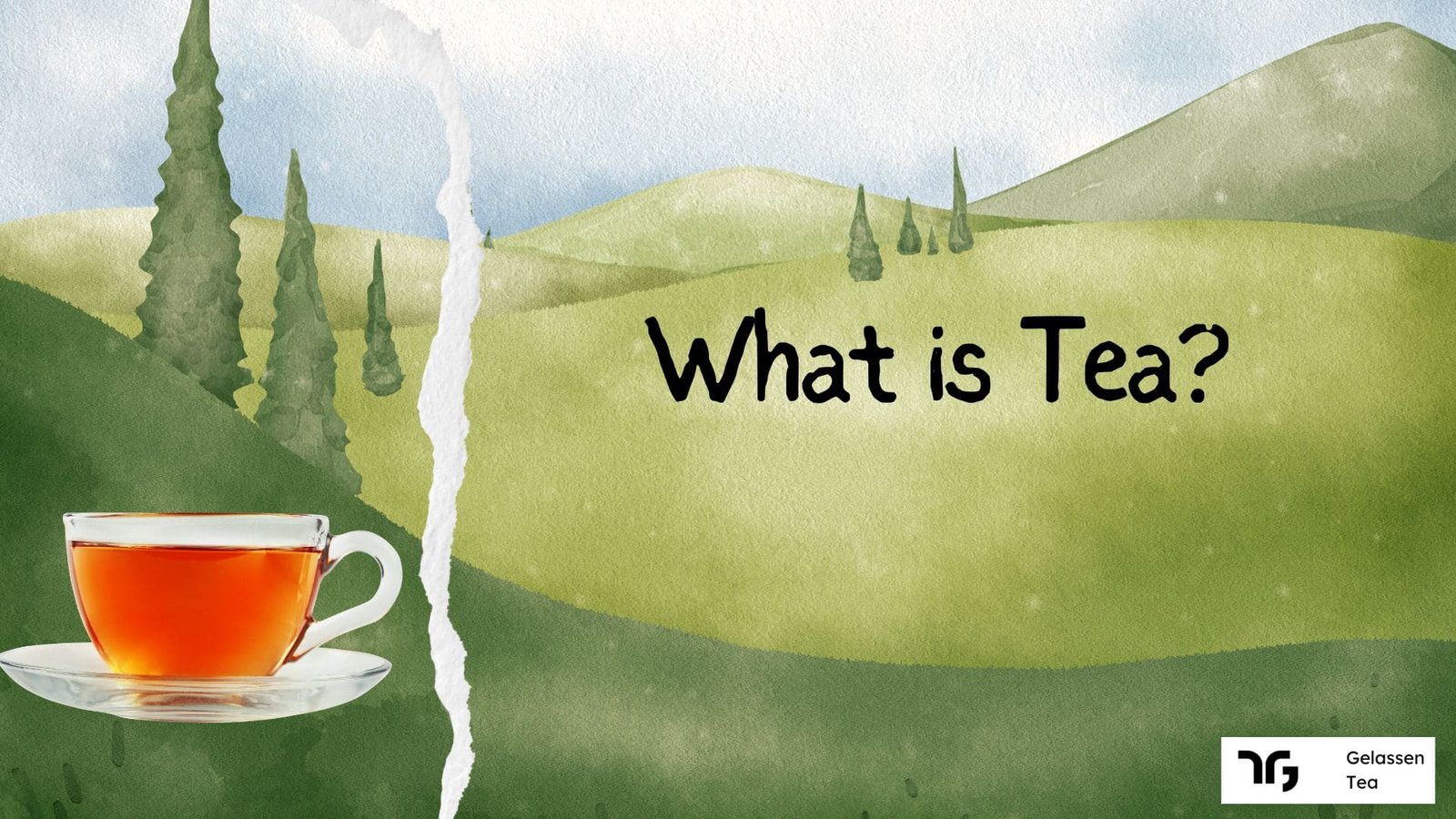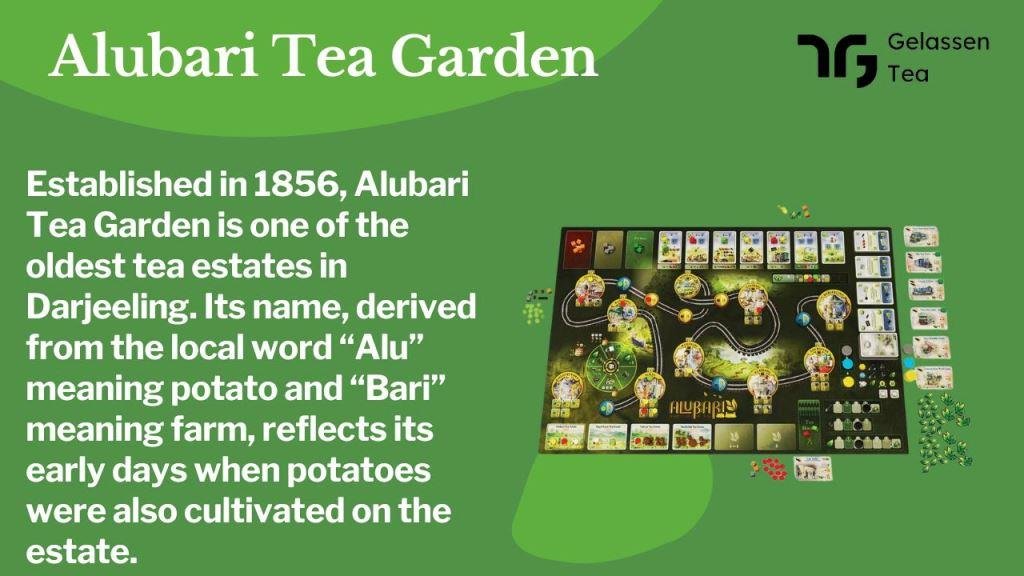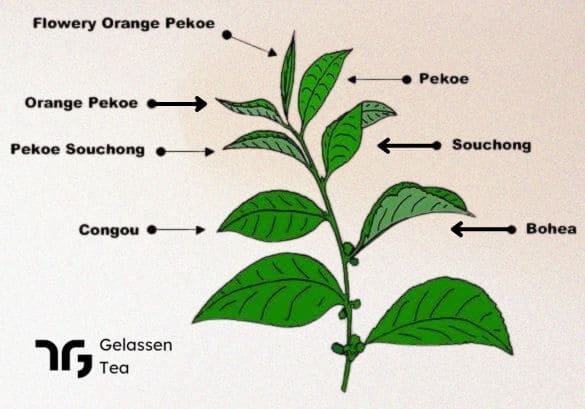What is tea, it is a aromatic beverage commonly prepared by pouring hot water over cured or fresh tea leaves, prepared from the Camellia sinensis plant. Tea is a beloved beverage enjoyed by people around the world for its soothing aroma, refreshing taste, and potential health benefits. It is made from the leaves of the Camellia sinensis plant, which is native to Asia but is now cultivated in tea-growing regions worldwide.
What is Tea?
Today’s Tea Lover:
There is more high-quality loose-leaf tea available to us, What is tea? Tea with more infusion gadgets to prepare it, than ever before. This is creating a culture of tea followers with a thirst for knowledge and new tea experiences.
In the first half of the last century all of the tea that was consumed around the world was loose-leaf. As lifestyles changed, and convenience became more important than flavor and tradition, consumers were won over by the ease of preparing tea using a tea bag.
Now, discerning tea drinkers are returning to loose-leaf tea, honing their tasting skills, and acquiring knowledge of a vast array of high-quality teas that they are able to prepare and drink in their homes as well as in restaurants and cafés.
Curious consumers might want to discover more about global tea cultures, such as ancient tea ceremonies, or go online to connect with tea growers and sellers, tea specialists, and tea bloggers to share and accumulate information from the world of tea.
Tea Goes Mainstream:
An indication that this passion for tea is no passing fad is the increasing variety and availability of excellent quality tea. Walk into any supermarket and you will find a diverse selection of loose-leaf tea, as well as the convenient new take on the tea bag—the cleverly designed silk pyramid sachet filled with high-quality loose leaves, such as jasmine pearls, Chinese greens, and Silver Needle white tips.
One doesn’t have to travel very far in most cities to find a teashop that is well stocked with tea from the far corners of the globe.
Cafés that previously served only coffee or generic black tea have cleared shelf space for specialty loose-leaf tea with the latest tea gadgets and knowledgeable staff to serve it. Improved tea lists are appearing on restaurant menus, and some “tea bars” are offering tea cocktails and tea cuisine.
Unique and exotic teas are entering our everyday consciousness and all the signs tell us that this tea trend is continuing to grow. With all this recent exposure to specialty and premium tea, a new breed of tea-lover is developing: a tea-lover that treks to countries of origin, studies tea customs, meets growers, and brings home rare Pu’er and little known green teas to share with their tea-loving friends.
What’s new in Tea?
People may have started drinking tea hundreds of years ago, but a resurgent interest in the drink has led to a thriving new tea scene, which takes the best teas, traditions, and rituals from around the world and makes them part of our everyday lives.
What is Tea?
Tea is a aromatic beverage commonly prepared by pouring hot or boiling water over cured or fresh tea leaves, typically prepared from the Camellia sinensis plant. After water, it is the most widely consumed drink in the world. Some herbal teas are not made from the tea plant, but from other plants, and are sometimes called herbal infusions.
Much ado about Matcha
Matcha is trending among health-conscious tea drinkers. This green tea-leaf powder can be consumed in a shot glass for a morning jolt of caffeine and antioxidants, as a creamy latté, mixed with fruits and ready to drink from the chiller cabinet, or in baked goods such as shortbread and macarons.
Tea Mixology
Mixologists have found tea’s rich and refreshing variety of flavors a delectable addition to their stock of ingredients for cocktails. “Teatinis,” martinis made using tea, have arrived at upscale bars, and can be easily prepared at home, too.
DESSERT TEA: Just as mixologists are experimenting with cocktails, tea blenders are innovating with “dessert tea” —taking inspiration from the dessert menu and recreating those flavors in delicious tea concoctions made using fruit, Masala, chocolate, and spices.
FERMEN-TEA-TION: Kombucha, the fizzy and fermented tea with powerful probiotic properties, is popping up in stores, bottled in multiple flavors, and in bars, as a cocktail ingredient, all around the world. Although readily available bottled, it is fun to make at home.
GOURMET TREAT: Gracing the tables of high-end restaurants, tea is fast becoming a popular food ingredient. Why not try tea recipes such as Masala Chai scones, green tea salad dressing, and Lapsang Souchong meat rubs.
Specialty Teas
Specialty Teas Are Taking Over More and More Shelf space in the supermarkets.
GOOD HEALTH IN A CUP: Tea has long been consumed for its health properties, but the wealth of new research on tea is highlighting more health benefits than the original tea pioneers could ever have imagined. Green tea, with its “health halo,” is now so popular that it is being grown in countries that didn’t traditionally produce it, such as India and Sri Lanka, to keep up with world demand.
TEA ON THE GO: Ready-to-drink bottled tea is a great “grab and go” option, and is available in numerous stores, cafés, and vending machines. Available au naturel or with the addition of fruit, gelled coconut, and other interesting ingredients, bottled tea is becoming more popular than ever.
BUBBLE TEA: Colorful and tasty, bubble tea has taken the world by storm since it first appeared in Taiwan in the 1980s. Everything about it, from the oversized straws used to drink the tea to the chewy tapioca boba (the bubbles at the bottom) bursting with flavor, makes it a fun experience.
BEST SERVED CHILLED: Extracting more natural sweetness than hot tea, and with less caffeine, cold infusion, or infusing leaves using cold water, is a growing trend. There is a wide variety of equipment available, from easy-to-use infusers to more elaborate tea ware, to help you make and enjoy these chilled teas.
Conclusion
The process of making tea involves harvesting the tea leaves, allowing them to wither and oxidize, and then drying them to preserve their flavor. The level of oxidation determines the type of tea produced, with black tea being fully oxidized, green tea being unoxidized, and oolong tea falling somewhere in between.
Tea has a rich cultural history and is often associated with traditions and rituals in various cultures. It is known for its diverse flavors and aromas, which can vary depending on factors such as the type of tea, growing conditions, and processing methods.
In addition to its delicious taste, tea is also known for its potential health benefits. It is rich in antioxidants, which can help protect cells from damage caused by free radicals. Tea is also believed to have various other health-promoting properties, including boosting metabolism, improving heart health, and aiding in digestion.
Overall, tea is much more than just a beverage—it is a versatile and enjoyable drink that has been cherished for centuries for its flavor, aroma, and potential health benefits.








Leave a Reply